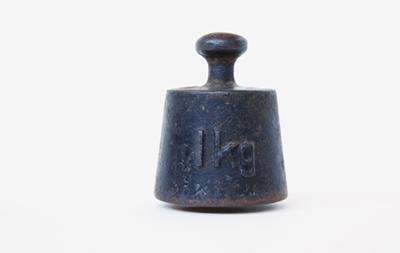Sixth form pupil to work with University academics to refine the kilogram

A sixth form pupil will spend the summer alongside leading academics at the University of Southampton working to redefine the kilogram.
Chris Sumner, who is currently studying Maths, Further Maths, Chemistry and Physics at Oakland Sixth Form College, will redesign a Kibble Balance, made of Lego.
A Kibble Balance, which was previously known as a Watt Balance, measures the weight of an object very precisely by the strength of an electrical current and a voltage. It is being used in the global effort to redefine the kilogram, which comes into force in May 2019.
A working balance can measure a kilogram almost exactly but the Southampton one has experienced some challenges – Chris will be redesigning the balance and making small changes to improve its accuracy.
Chris said: “The work that is taking place to redefine the kilogram is ground-breaking and to be a teenager and be involved in that is an amazing opportunity. I’m really looking forward to working with the staff in Chemistry and learning from their vast expertise.”
“I’ve always liked Lego – I played with it a lot as a child. It was great to be able to build and rebuild something and being able to develop your ideas. It’s great to be able to use it now in this new environment. I hope to be able to get some data that can be useful.”
The kilogram has been previously defined by the International Prototype Kilogram (IPK) - a cylinder of platinum-iridium, which was made by Johnson Matthey in 1889 and held under lock and key at the BIPM in France and is what all other kilograms are measured against. However, materials can gain and lose atoms due to chemical interactions with the atmosphere. This would not be noticeable to the naked eye but to the scientific community, those fluctuations make a big difference, which is why the kilogram is being redefined using the Kibble/Watt balance.
Jeremy Frey, Professor of Physical Chemistry at the University of Southampton, explained: “The gravitational force generated by the weight on one side is countered with electromagnetic force on the other. With this method, and further analyses we can measure the Planck Constant and therefore define kilograms in terms of fundamental constant rather than a lump of metal.”
“It will not change the size of a bag of sugar in the supermarket, but it does mean scientists will have far more accurate tools to measure with. To give a pupil like Chris the opportunity it to be part of such a significant moment in the science community is something we are very proud of.”